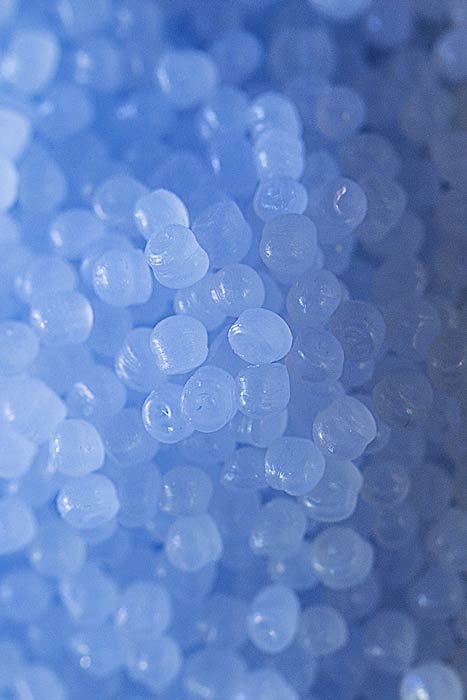Packaging materials such as blister packs, infusion bags, plastic containers and plastic bags that are used as primary packaging for medicinal products must be checked for their quality.
The legislative authority has defined in the Pharmacopoeia which ingredients are allowed to be used and has also set limit values if they are necessary. The packaging material must also pass performance tests. These quality controls serve patient safety by protecting them from any potentially dangerous substances. In the European Pharmacopoeia, Chapter 3 (Material for the Production of Containers) regulates these quality controls. In the USP it is regulated by Chapter <661> “Containers Plastics“; or <671> “Containers performance testing”.
As a GMP-accredited and FDA-certified contract laboratory in Switzerland with many years of experience, we can provide you with support in the development, validation and routing testing of your products. We will test for you whether your packaging materials conform with the Pharmacopoeia or to your own specifications.
Take advantage of our experience.





